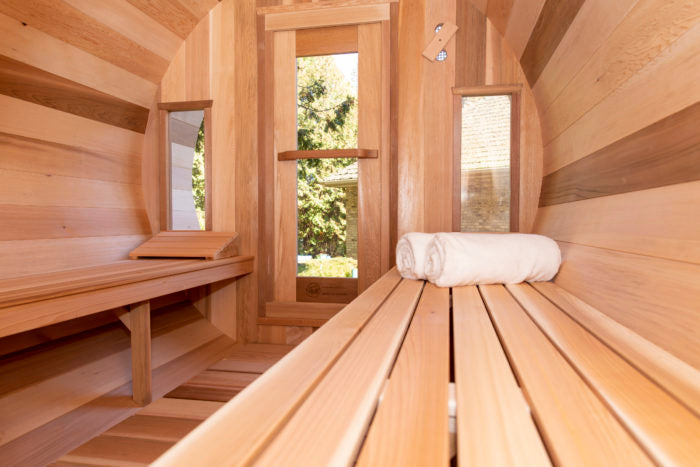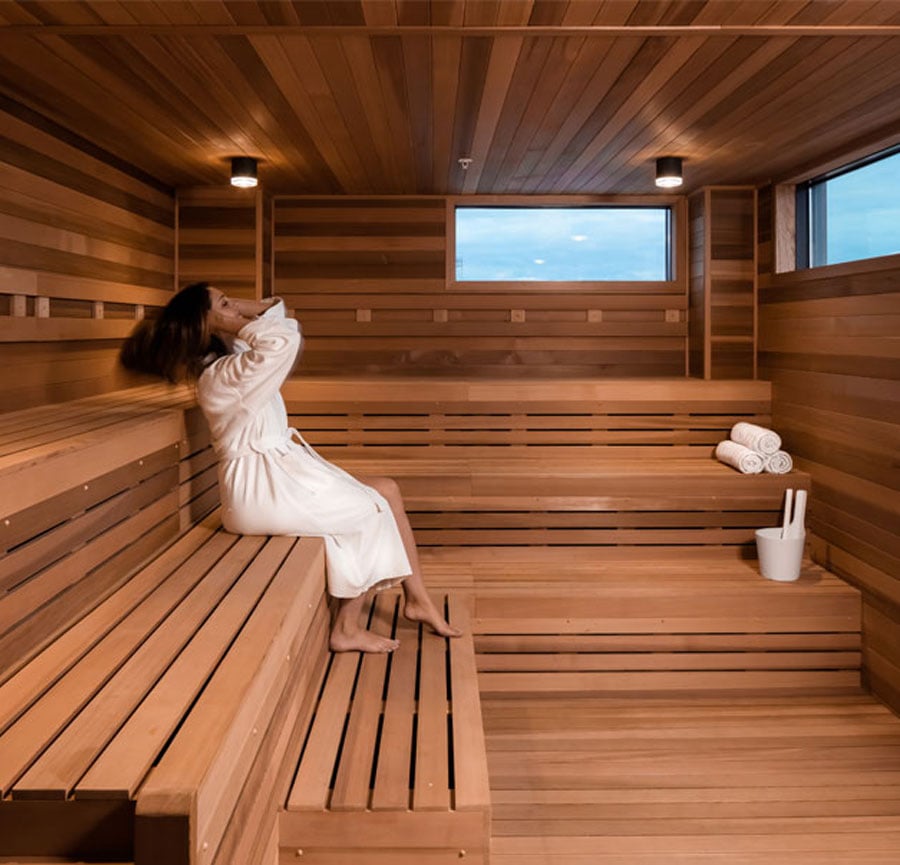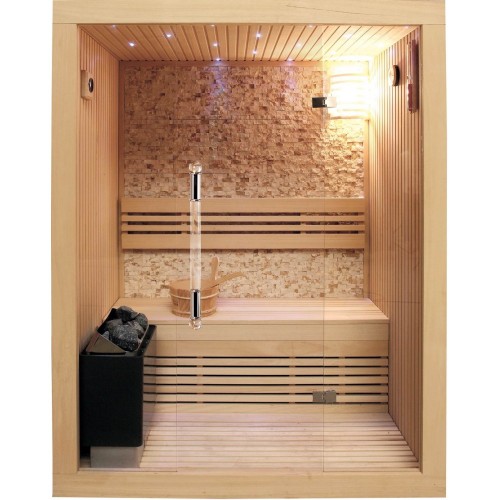Traditional Sauna Fundamentals Explained
Table of ContentsHow Traditional Sauna can Save You Time, Stress, and Money.Facts About Traditional Sauna UncoveredThe Facts About Traditional Sauna UncoveredTraditional Sauna Things To Know Before You Get ThisThe Buzz on Traditional Sauna
A lot of the weight lost in a sauna is water loss and is re-gained upon rehydrating. Nevertheless, undoubtedly sauna can be a fundamental part of a healthy weight-loss program. To consider the differences in between typical and IR saunas, I will certainly divide these right into verifiable, theoretical, and made distinctions.Hence, the most popular point in the saunawhich goes to the ceiling straight over the sauna heateris commonly between 185 and 190 F. Claims that a standard sauna surpasses 200 F is simply not real and not relevant for electric saunas sold in the United States. The temperature level for a far-infrared sauna is usually established between 120 and 140 F; nonetheless, unlike the traditional sauna, the objective in and IR space is not to achieve a high temperature.
Since of this, the temperature level distinction is virtually pointless, because extreme sweating results in both sauna kinds, but the technique of heating up the body is different. In an IR sauna the bather will feel hot and will certainly sweat profusely, but at a lot lower temperature levels (Traditional Sauna). Thus, if the goal is to spend longer time periods in the sauna, the IR sauna is a good selection
When a standard sauna has actually been appropriately heated, the sauna wall surfaces are cozy, the air temperature level has achieved set temperature and the rocks are incredibly warmed. As an interesting side note, the warmed wall surfaces and the rocks are sending out far-infrared warmth, combined with the warmed air, to produce an "enveloping warm".
Traditional Sauna Things To Know Before You Get This

When the heat is attained, the components cycle on and off to preserve the heat. A lot of conventional sauna users delight in putting water over the rocks to create vapor to raise sauna humidity levels. The advantages of putting water over the rocks consist of: making the area more comfy, dampening the nasal flows, and allowing the use of aromatherapy by mixing vital oils with the water.

When the power gets in the body, it creates the body temperature level to raise and inevitably causes sweating. In an infrared sauna it's vital for the emitters/heaters to stay on practically regularly. Because there is no mass of rocks to retain heat, the sauna will certainly cool down if the emitters shut down.
As mentioned over, the sauna bather in an infrared area wishes to position himself before running emitters to get optimal benefit from the warm. The home heating time for both areas can be very link various, relying on just how the rooms are made use of. For a traditional sauna, a bather should allow 30-40 minutes for the area to achieve a preferred temperature and to correctly pre-heat the rocks.
Getting My Traditional Sauna To Work
A well built sauna will normally achieve a temperature of 150-160 F in concerning 30-40 mins. For hotter temperature levels, the area may require to warm for a longer period.

Typical saunas often tend to be larger (for this reason utilize more electrical power) than infrared saunas, although traditional visit site saunas are definitely offered in one and 2 person sizes. For a two-person traditional sauna, 5x6 or 5x7 size is most prominent. The leading bench can pleasantly seat 2 or three people and is also enough time to relax during the sauna session.
Rumored Buzz on Traditional Sauna
The typical expense per kWH of electricity in the U.S. is about $0.11, so a 4.5 kW heating unit will cost roughly $.50 to compete one hour, if the heating system runs continuously for one hour. Generally a sauna heating system will certainly run for 75% of the very first hour and 50% of subsequent hours on given that the elements cycle once the set temperature is accomplished.

There is a seldom reviewed distinction in the social experience in between the two rooms. While our society has actually shed several of the social advantage of the traditional sauna experience, it can be very socially rewarding (Traditional Sauna). From household time in the sauna, to heart-felt discussions with loved ones, to sauna partiesthe conventional sauna experience can lead to intimate socializing
The Ultimate Guide To Traditional Sauna
Many greater end infrared rooms consist of colored light therapy, audio systems and full-glass fronts.